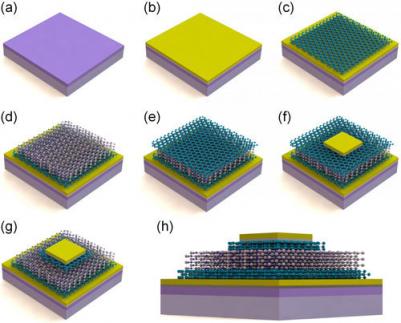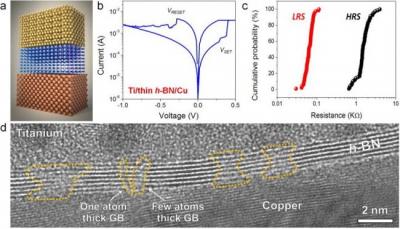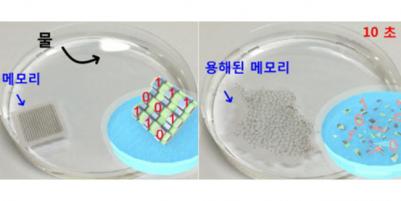Weebit announced working 40nm SiOx RRAM cell samples
 Earlier this year, Weebit Nano announced that it aims to produce 40nm working SiOx RRAM cell samples by the end of 2017, and the company today announced that it achieved that milestone - one month ahead of schedule.
Earlier this year, Weebit Nano announced that it aims to produce 40nm working SiOx RRAM cell samples by the end of 2017, and the company today announced that it achieved that milestone - one month ahead of schedule.
Weebit further reports that measurements performed on the 40nm memory cells on various wafers verified the ability of Weebit Nano SiOx ReRAM cells to maintain its memory behaviour in accordance with previous experiments performed on 300nm cells.



